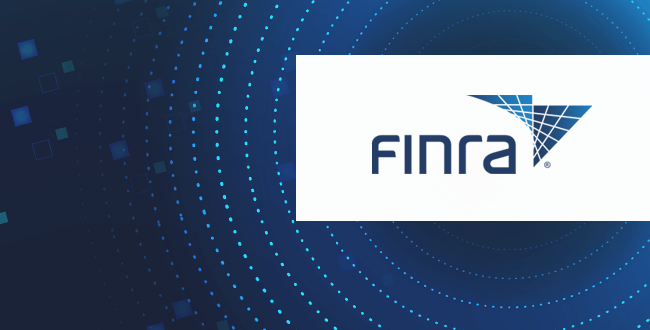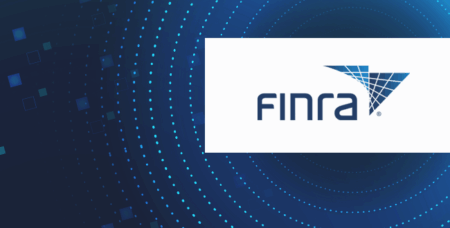Top 3 Reasons to Boost End-point Security
Organizations are increasingly relying on cloud-based applications to perform business-critical tasks. However, because these services often come standard with powerful cybersecurity features, many organizations are falling behind on securing the devices they use to access cloud data — also known as end-point devices.
End-point devices include:
- Computers and laptops
- Servers
- Tablets
- Smartphones

End-point device security myths
With the widespread adoption of accessing or saving data on the cloud (and not intentionally saving localized copies), there are common misconceptions about cybersecurity on end-point devices.
Do these sound familiar?
- “I don’t need data backup, antivirus or any type of end-point monitoring services, since all my data and applications are in the cloud.”
- “I store everything important in the cloud and my PC is nothing more than a thin client or a dumb terminal.”
- “I use my tablet more than my PC now. By canceling security services on my tablet, I can save thousands of dollars per year, which can be redirected to other budgets.”
Here are three reasons why end-point security and monitoring need to continue to be a core focus in a cybersecurity policy.
1. End-point devices are the weakest link
In the fight against cyber risks, an end-to-end security strategy is the best defense. Devices and local networks are most often the weakest link in such a plan.
Malware can exploit vulnerabilities to give hackers access to data saved, accessed, viewed, or entered on a device. There are many malware types, and they can infect your end-point device in several ways:
- Phishing emails
- Malicious websites
- Downloads
- Shared networks
Ill-intent aside, information can even be changed or sent to the wrong people by accident on unlocked devices. More parents are working from home, and it only takes a brief moment for a curious young child to hit the wrong key.
2. Data is actually downloaded and cached
Even if data is stored on the cloud, many devices retain local copies of the data to enable offline access and work. This enables employees to work even when they don’t have internet or network connections.
While this promotes efficiency and flexibility, it also enables hackers to access and view data that would otherwise be secure and protected on the cloud.
3. Regulation demands it
Industry regulators are focusing increasingly on cybersecurity as more organizations shift to hybrid work environments.
For example, the financial industry’s regulatory bodies, FINRA and the SEC, both provide cybersecurity guidance. During audits, FINRA or SEC regulators can ask financial firms to provide their cybersecurity risk mitigation and monitoring policies. Firms can be fined if there’s no policy or if the policy isn’t being adhered to.
Whether you are using a cloud desktop, a physical desktop or just a mobile app, regulators will want to see a comprehensive security plan for the end-point device, the network as well as the application.
There's no substitute for automated end-point and network monitoring
Investing in tools to help identify end-point and network vulnerabilities is a crucial part of a cybersecurity strategy. An automated monitoring service is especially important as malicious attacks can come at any time.
Learn how you can protect your organization with end-to-end monitoring, remediation and reporting on cyber risks.
Share this post!
Smarsh Blog
Our internal subject matter experts and our network of external industry experts are featured with insights into the technology and industry trends that affect your electronic communications compliance initiatives. Sign up to benefit from their deep understanding, tips and best practices regarding how your company can manage compliance risk while unlocking the business value of your communications data.




Subscribe to the Smarsh Blog Digest
Subscribe to receive a monthly digest of articles exploring regulatory updates, news, trends and best practices in electronic communications capture and archiving.
Smarsh handles information you submit to Smarsh in accordance with its Privacy Policy. By clicking "submit", you consent to Smarsh processing your information and storing it in accordance with the Privacy Policy and agree to receive communications from Smarsh and its third-party partners regarding products and services that may be of interest to you. You may withdraw your consent at any time by emailing [email protected].
FOLLOW US